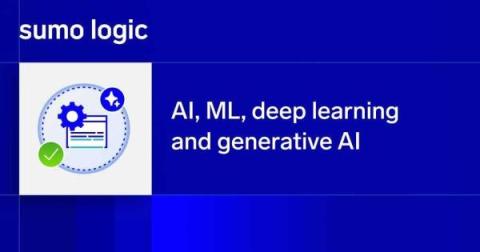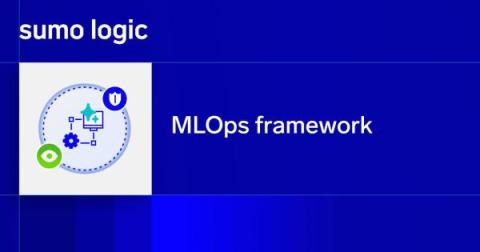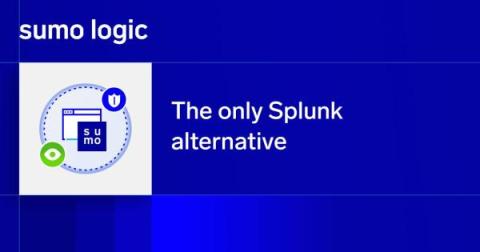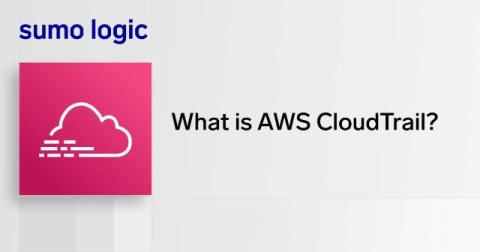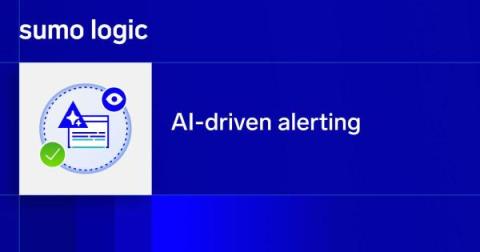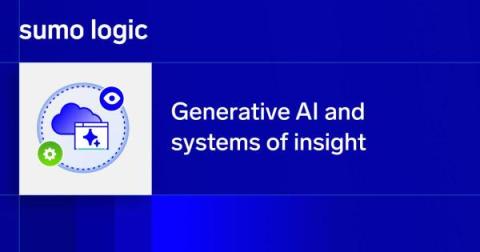ROI for GenAI: Splunk to Sumo Logic Transformer
Tool consolidation outcomes have driven some customers to drop Splunk and consolidate their log analytics use cases on Sumo Logic. Long-term Splunk customers with many dashboards, saved searches and monitors understandably want to retain a consistent experience for end users. As a result, a replacement strategy requires migration.





